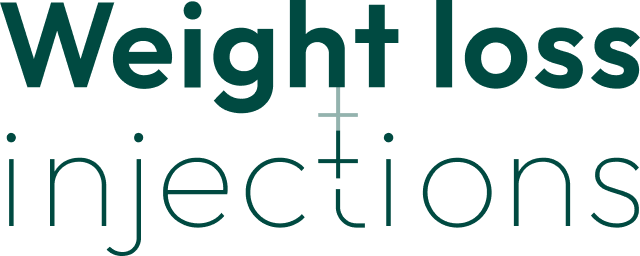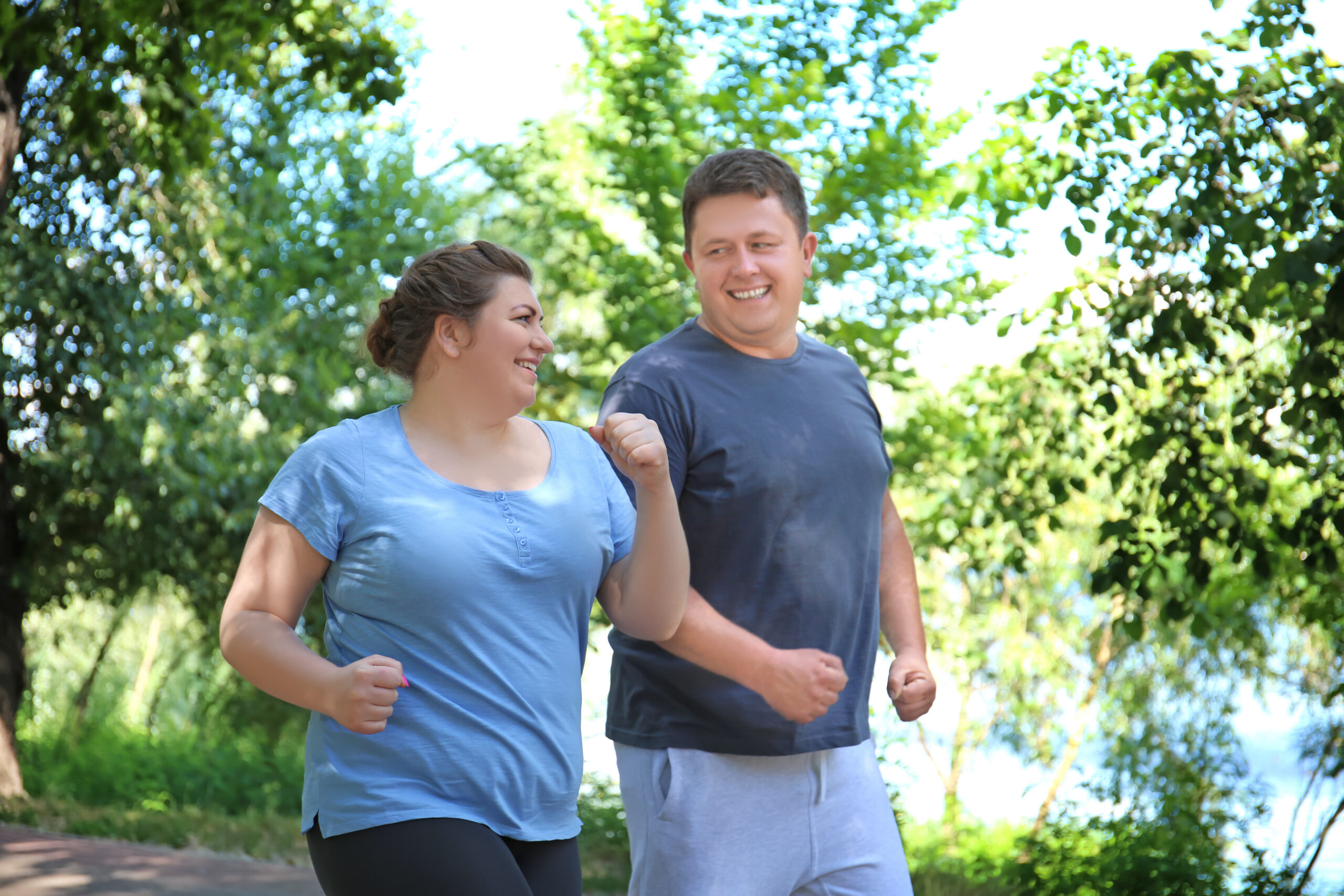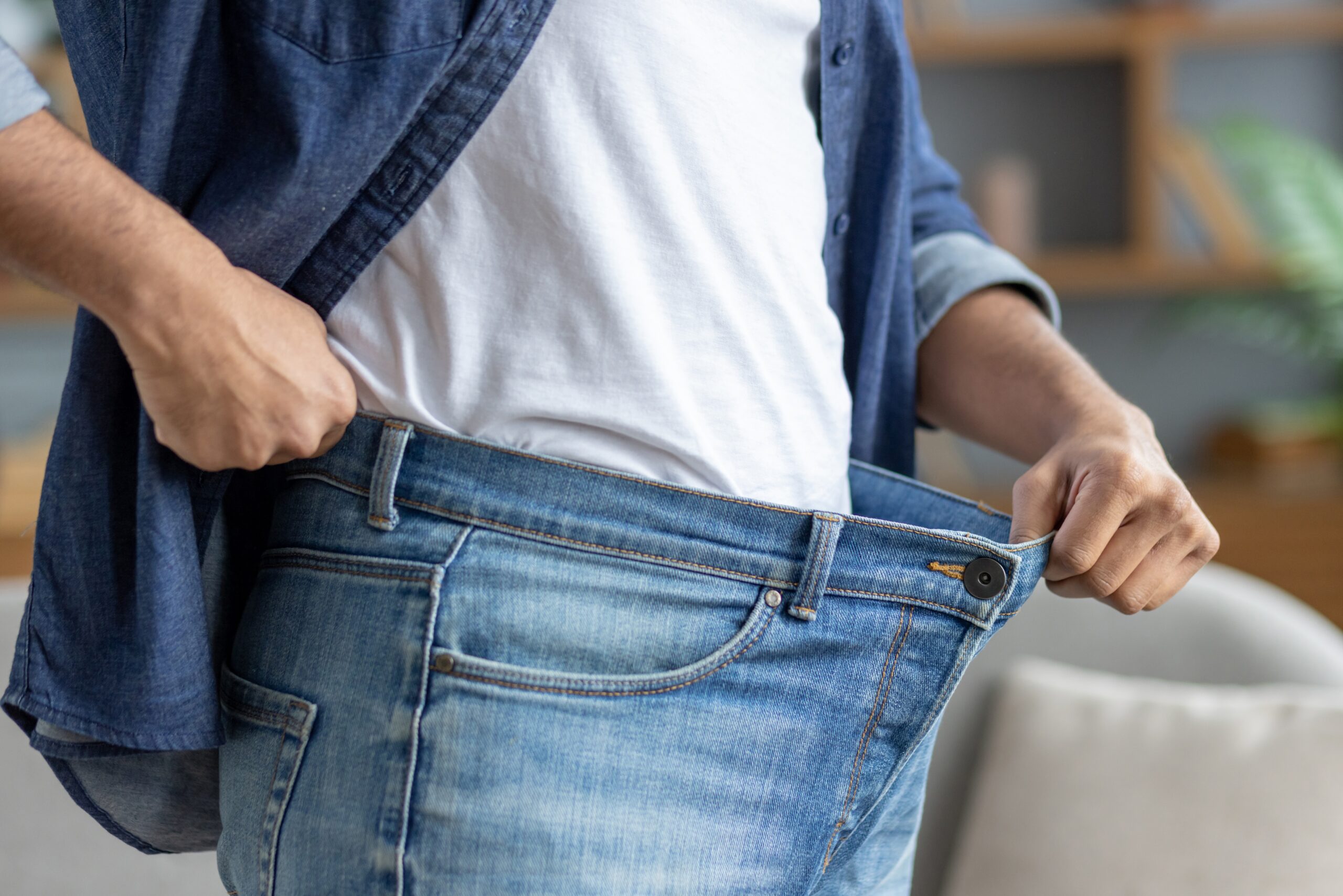The results of weight loss injections depend massively on what you do between those weekly jabs. I’ve seen people lose 20% of their body weight, and I’ve watched others plateau at 5%. The difference? It’s not the injection itself.
Here’s the thing nobody tells you upfront: these injections are tools, not magic bullets. Think of them like a really good personal trainer who never gets tired of telling you “you’re not hungry.” But if you’re sitting on the couch eating crisps whilst your trainer’s shouting motivation, you’re still going to struggle.
The reality is that lifestyle changes make or break your weight loss injection results. I’m talking about the unsexy stuff – what you eat, how you move, when you sleep.
These fundamentals determine whether you’ll be celebrating a new wardrobe or wondering why you’re spending hundreds of pounds on injections that “don’t work.”
Let me break this down for you, no fluff, just what actually moves the needle.
How Lifestyle Factors Impact Injection Effectiveness
Clinical vs Real-World Outcomes
The clinical trials look brilliant on paper. People losing 15-22% of their body weight in controlled studies. Then real life happens.
In 2024, Cleveland Clinic published research showing that results of weight loss injections in the real world are significantly lower than clinical trials. Why? Because in trials, people follow strict protocols. They attend regular appointments, follow meal plans, and have constant support.
In reality, people get the injection and think that’s enough. They skip meals (which sounds good but actually isn’t), ignore exercise, and wonder why they’re not seeing the dramatic changes they expected.
Here’s what I’ve observed: the people getting the best results treat their injection like one part of a bigger system. They’re not relying on it to do all the heavy lifting.
Why Combined Approach Works Better
Your body doesn’t just respond to appetite suppression. It responds to signals from exercise, sleep quality, stress levels, and nutrient timing. When you align all these factors, the results of weight loss injections become exponentially better.
Think of it like this: the injection gives you a 70% advantage in appetite control. Proper nutrition adds another 15%. Exercise contributes 10%. Sleep and stress management round out the final 5%. But here’s the kicker – these percentages aren’t just additive, they’re multiplicative.
Nutrition Optimization During Treatment
Protein Requirements and Muscle Preservation
This is where most people mess up spectacularly. The injection reduces your appetite, so you eat less. Sounds perfect, right? Wrong.
If you’re not prioritising protein, you’re losing muscle mass alongside fat. Muscle burns calories 24/7, so losing it makes future weight loss harder and weight regain more likely.
Aim for 1.2-1.6g of protein per kg of body weight daily. If you weigh 80kg, that’s 96-128g of protein. Every single day, no exceptions.
Here’s how to hit these numbers without overthinking:
- Include protein at every meal – eggs, chicken, fish, Greek yoghurt, protein powder
- Front-load your protein – have your biggest protein portions when you’re hungriest
- Use protein powder strategically – blend it into smoothies when whole foods feel too much
Managing Reduced Appetite Effectively
Your appetite will drop – that’s the point. But reduced appetite doesn’t mean you should eat randomly or skip meals entirely.
Plan your meals in advance. When you’re not hungry, it’s easier to make poor choices or just not eat. Neither helps your long-term results.
Focus on nutrient-dense foods that pack maximum nutrition into smaller portions:
- Lean proteins – fish, poultry, tofu
- Healthy fats – avocado, nuts, olive oil
- Vegetables – as many colours as possible
- Complex carbs – quinoa, sweet potato, oats
Essential Micronutrients
When you’re eating less, micronutrient deficiencies become a real risk. These deficiencies can tank your energy, mood, and ultimately your results of weight loss injections.
Key nutrients to monitor:
- B vitamins – crucial for energy metabolism
- Iron – especially important for women
- Vitamin D – supports mood and bone health
- Magnesium – helps with sleep and muscle function
- Omega-3s – reduce inflammation and support brain health
Exercise Strategies for Enhanced Results
Resistance Training Protocols
Cardio gets all the attention, but resistance training is what preserves muscle mass during weight loss. And muscle mass determines your metabolic rate.
Start with 2-3 resistance sessions per week. Focus on compound movements that work multiple muscle groups:
- Squats or goblet squats
- Deadlifts or Romanian deadlifts
- Push-ups or chest press
- Rows or pull-downs
- Overhead press
Don’t overcomplicate it. Progressive overload matters more than perfect technique initially. Add weight, reps, or sets gradually over time.
I know people who started with bodyweight exercises in their living room and built up to proper gym routines. The key is consistency, not perfection.
Cardio Guidelines During Treatment
Cardio supports your overall health and can accelerate fat loss, but don’t go overboard. Too much cardio whilst eating less can actually work against you.
Aim for 150 minutes of moderate cardio per week. That’s roughly 30 minutes, five days a week. Walking counts. Swimming counts. Dancing in your kitchen counts.
The best cardio is the one you’ll actually do consistently. Don’t force yourself into activities you hate because you think they’re “better.”
Activity Planning Around Side Effects
Some days you’ll feel rough from the injection. Nausea, fatigue, and digestive issues are common, especially in the first few weeks. If you’re planning on travelling during treatment, proper preparation is essential.
Have a backup plan for low-energy days:
- Gentle walking instead of intense workouts
- Yoga or stretching routines
- Household activities that keep you moving
Don’t use side effects as an excuse to stop moving entirely. Light activity often helps with nausea and speeds up adaptation to the medication.
Sleep and Stress Management

Sleep Quality Impact on Weight Loss
Poor sleep sabotages weight loss in multiple ways. It increases hunger hormones, decreases satiety hormones, and makes you crave high-calorie foods.
Aim for 7-9 hours of quality sleep nightly. Here’s how to optimise it:
- Keep your bedroom cool and dark
- Avoid screens for an hour before bed
- Establish a consistent bedtime routine
- Limit caffeine after 2 PM
Sleep is not optional if you want maximum results of weight loss injections. Treat it as seriously as your nutrition and exercise.
Stress Hormone Control
Chronic stress elevates cortisol, which promotes fat storage, especially around your midsection. It also increases cravings for comfort foods.
Stress management strategies that work:
- Daily meditation – even 10 minutes helps
- Regular exercise – releases stress naturally
- Time in nature – proven to lower cortisol
- Social connections – don’t isolate yourself during weight loss
I’ve seen people plateau purely because of work stress. Once they addressed it, their weight loss resumed immediately.
Hydration and Side Effect Management
Optimal Hydration Requirements
Dehydration mimics hunger, which can override the appetite-suppressing effects of your injection. Plus, many side effects worsen when you’re not drinking enough water.
Aim for 35ml per kg of body weight daily. For an 80kg person, that’s 2.8 litres. More if you’re active or it’s hot.
Tips to increase water intake:
- Start each day with a large glass of water
- Keep a water bottle visible at all times
- Set hourly reminders on your phone
- Flavour water with lemon, cucumber, or mint
Supporting Digestive Health
Gastrointestinal side effects are the most common complaint with weight loss injections. Nausea, constipation, and bloating can derail your progress if not managed properly.
Digestive support strategies:
- Eat smaller, frequent meals – easier on your system
- Include fibre gradually – sudden increases worsen symptoms
- Probiotics – support gut health during treatment
- Ginger – natural nausea relief
- Stay hydrated – prevents constipation
Don’t suffer in silence. These side effects usually improve with time and proper management.
Progress Monitoring and Adjustments
Tracking Beyond Scale Weight
The scale lies. Constantly. Water retention, muscle gain, hormonal fluctuations – all affect daily weight readings.
Better progress indicators:
- Body measurements – waist, hips, arms, thighs
- Progress photos – monthly comparisons show changes you can’t see daily
- Energy levels – sustainable energy throughout the day
- Sleep quality – falling asleep easier, staying asleep longer
- Fitness improvements – climbing stairs without breathlessness
Track multiple metrics to get the full picture of your progress.
Plateau Prevention Strategies
Plateaus happen to everyone. Your body adapts to new conditions and weight loss slows down. This is normal, not failure.
When progress stalls:
- Review your protein intake – most people slip here first
- Increase daily movement – park further away, take stairs
- Vary your exercise routine – your body adapts to repetition
- Check your sleep quality – poor sleep stalls progress fast
- Consider a diet break – sometimes eating more helps long-term
Don’t panic and drastically cut calories. That typically makes things worse.
Maximizing Your Weight Loss Injection Results
The results of weight loss injections aren’t determined by the injection alone. They’re determined by what you do with the appetite control they provide.
Focus on protein, move your body regularly, prioritise sleep, manage stress, and track progress beyond the scale. These aren’t optional extras – they’re the foundation that makes your investment worthwhile.
Don’t expect perfection from day one. Build these habits gradually, stay consistent, and give yourself time to see the compound effects. The people getting life-changing results of weight loss injections aren’t doing anything magical – they’re just doing the basics consistently.
Frequently Asked Questions (FAQs)
1. How long does it take to see results from weight loss injections?
Most people notice appetite suppression within the first week, but significant weight loss typically begins in weeks 2-4. Maximum results of weight loss injections usually occur between months 3-6, especially when combined with proper lifestyle changes.
2. Can I eat whatever I want while on weight loss injections?
No, the injection reduces appetite but doesn’t eliminate the need for proper nutrition. Poor food choices can still sabotage your results and may worsen side effects like nausea and digestive issues.
3. Do I need to exercise whilst taking weight loss injections?
Exercise isn’t mandatory, but it significantly improves results by preserving muscle mass and supporting metabolism. Even light activities like walking can enhance the effectiveness of your treatment.
4. What happens if I stop taking weight loss injections?
Studies show that most people regain weight when stopping weight loss injections, especially without established lifestyle changes. Research indicates the medications need to be combined with sustainable habits for long-term success.
5. Are weight loss injections safe for long-term use?
Current research suggests GLP-1 and GLP-1/GIP injections are safe for long-term use when medically supervised. Regular monitoring by healthcare professionals ensures any potential issues are caught early.




